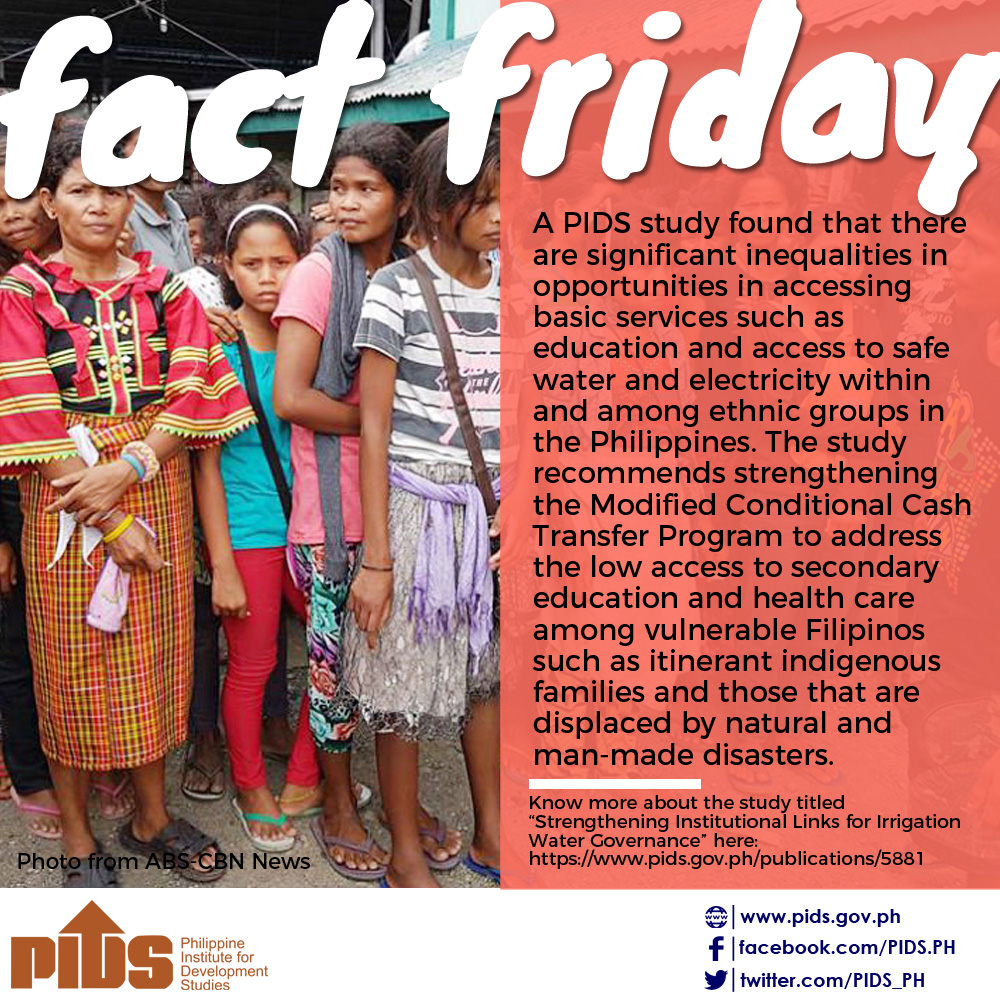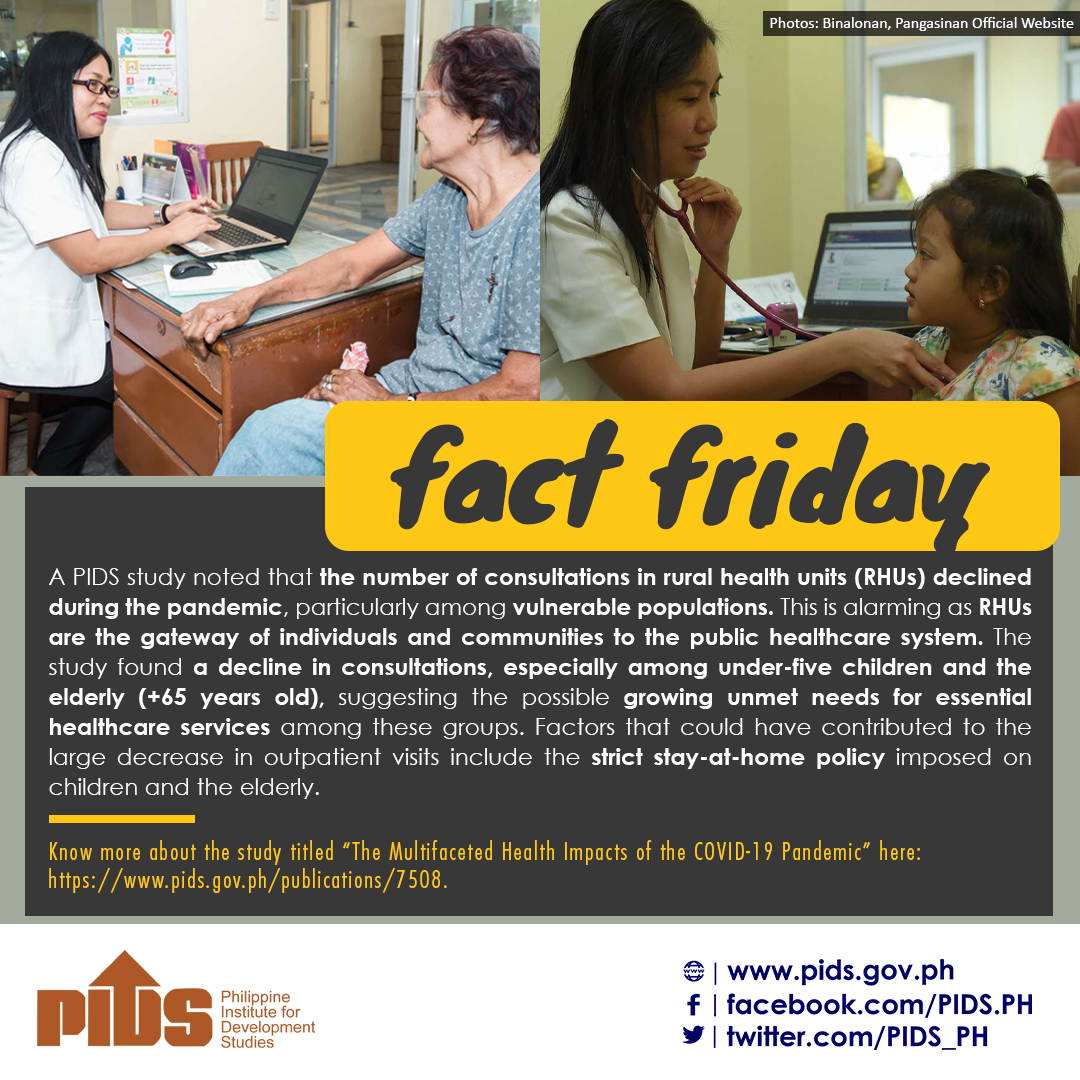Various groups expressed concern over President Marcos’ imposition of a price cap on rice, saying the move would not only adversely affect domestic supply but also impact the livelihood of farmers.
For Federation of Free Farmers national manager Raul Montemayor, the price ceiling being set looks “unrealistically low.”
“If traders and millers cannot sell at that price, then either they will stop selling rice or they will shift to, or rebrand their rice products—to grades other than regular milled rice or well-milled rice in order to evade the price cap,” Montemayor said on Friday.
“This will certainly affect the quantity supplied; that is, (it will) reduce it as costs are high but prices capped. This will lead to shortages, cheating and black market activity,” said Roehlano Briones, a senior research fellow at the think tank Philippine Institute for Development Studies.
Another think tank, IBON Foundation, said the order would further depress the already low farm-gate price—or the selling price between farmers and traders—without “meaningful” production support and a crackdown on traders’ price-taking.
“Invoking the Price Act is useful in emergency situations. But our rice problems are long-drawn problems of neglect and trade liberalization. The President’s Executive Order does not address these,” IBON Foundation research head Rosario Guzman said.
‘Rule of thumb’
Kilusang Mangbubukid ng Pilipinas (KMP) believes the price ceiling can still be lowered if only the “rule of thumb” is applied in setting prices.
Citing an example, KMP said that if traders purchased palay (unhusked rice) at a median price of P19 to P22 per kilo and add the cost of milling, drying, hauling and transporting the commodity, the prevailing prices should only range from P30 to P37.40 per kilo.
Cathy Estavillo, secretary general of Amihan National Federation of Peasant Women and spokesperson for Bantay Bigas, said price ceilings would hurt the income of palay producers.
“The buying price of palay could substantially decline because the rule of thumb is the retail price of rice is twice the farm-gate price),” she said.
Go after cartels
The farm-gate price of palay reached P19.06 per kilo as of May this year, up by 10.4 percent from P17.24 in the same period a year ago, based on the data from the Philippine Statistics Authority.
ADVERTISEMENT
Amihan, Bantay Bigas and KMP shared the view that the government should instead go after big private traders and rice cartels—not small retailers—as they are the players who influence local supply and cause the price hikes in the markets.
Useless
Meanwhile, the head of the Federation of Filipino-Chinese Chambers of Commerce and Industry Inc. (FFCCCII) also aired concerns over the price cap.
“If the set prices are low, if people are selling at a loss, then no one will produce rice,” FFCCCII president Cecilio Pedro said at a media forum in Quezon City. “Price control will never work in any economy. It is a function of demand and supply.”
Instead, Pedro said, the government should focus on helping farmers scale up while lowering their production costs.
Cashing in on panic
Only Samahang Industriya ng Agrikultura (Sinag) lauded the Marcos administration’s latest move, seeing no reason for retail prices to surge.
“There is no reason for any price increase these past weeks as there is no rice shortage in the country,” Sinag executive director Jayson Cainglet said.
Cainglet said traders capitalized on the initial public panic after the National Food Authority (NFA) on July 31 disclosed that its buffer stock was only good for 1.5 days.
“Our stocks are good to last until the first quarter of next year. And we have yet to harvest the expected 7 million metric tons of rice this harvest season,” he said. “At any given time, our buffer stock is good for 50-60 days, prior to the onset of the harvest season later this month.”
No to ‘mislabeling’
Trade Secretary Alfredo Pascual on Friday said government inspectors would make the rounds to guard against the mislabeling of rice varieties in local markets.
Penalities await merchants who will try to circumvent the price ceiling using this scheme, he said.
Pascual explained that only regular and well-milled rice are covered by the price ceiling— and premium rice is not.
“We will make sure that the rice varieties subject to the price ceiling, regular and well-milled rice, are not mislabeled as premium rice,” the trade chief said in an interview on state-run PTV4. “We have monitoring teams who will go around.
“Also, the Department of Agriculture (DA) will give guidelines so that we can distinguish premium varieties from the variety covered in the price act,” Pascual said.
Retailers found violating the price ceiling face imprisonment from under a year to 10 years, or fines ranging from P5,000 to P1 million, or both.
Price monitoring
As of Friday, locally produced regular milled rice in Metro Manila retails from P42 to P55 per kilo, from P38 per kilo last year, according to the DA price monitor.
Local well-milled rice was being sold from P47 to P57 per kilo, compared to P40 per kilo last year.
Latest data on the price of imported regular milled rice prices were unavailable, but last year this variety was sold at P38 per kilo.
Imported well-milled rice was priced from P43 to P52 per kilo, against P42 per kilo last year.









